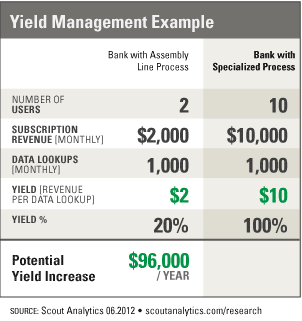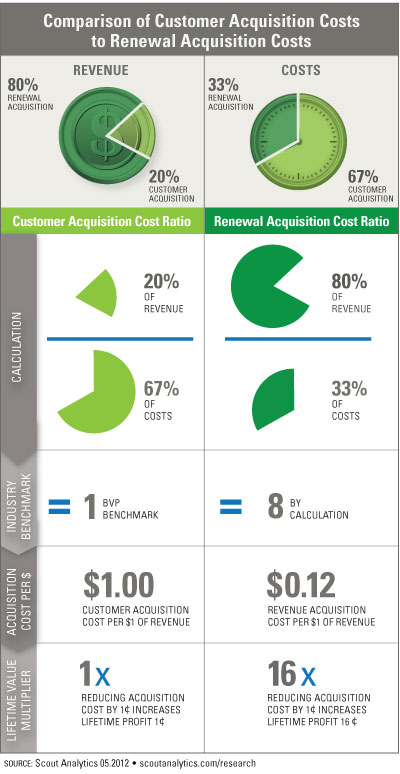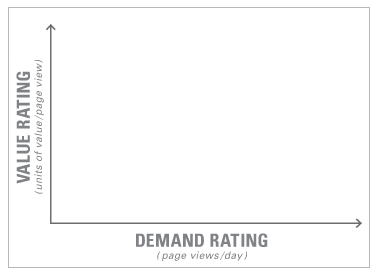
Maximizing revenue from digital subscriptions is dependent on monetizing usage rather than the users themselves. Comparing print subscriptions to digital subscriptions highlights why usage behavior is the basis of revenue, and applying the principles of yield management shows why metered pricing models produce the most revenue. Why Usage? Comparing Print vs. Digital Subscriptions Based on the fact that print is a physically distributed product and digital is an on-demand service, print subscriptions differ from digital subscriptions in three critical ways: Fixed vs. Variable Content Delivery. The print product has a fixed definition of content delivery which is received by every customer that purchases a subscription. A digital service has a variable definition of content delivery because usage varies across customers. […]








